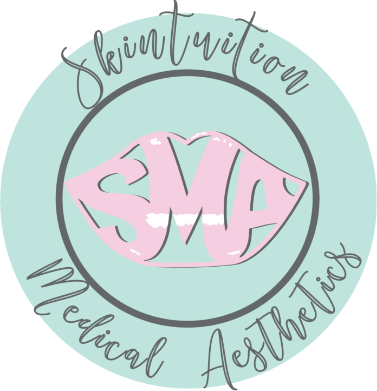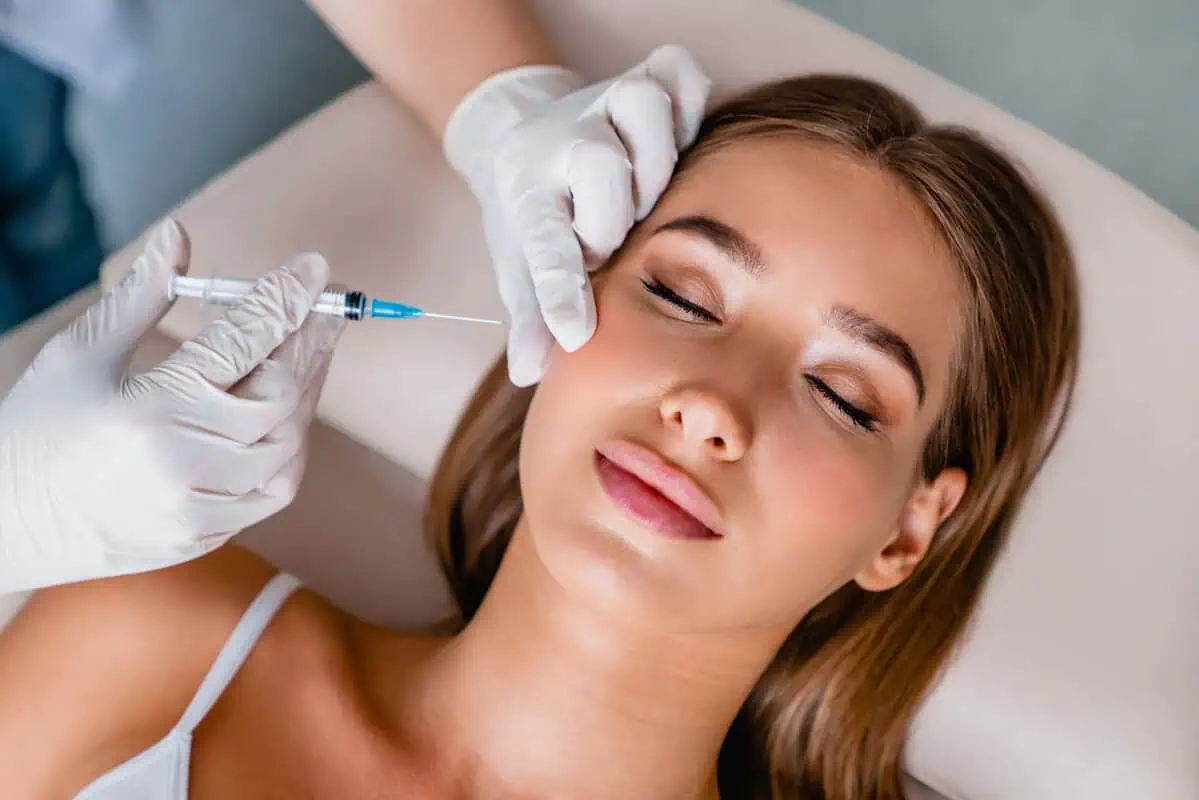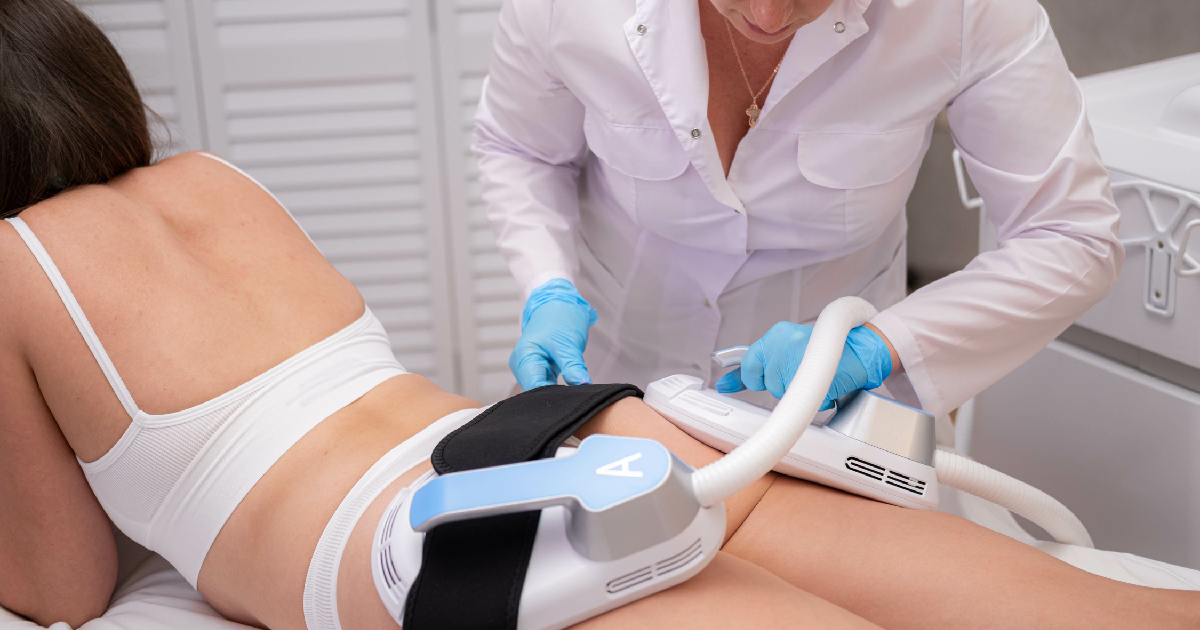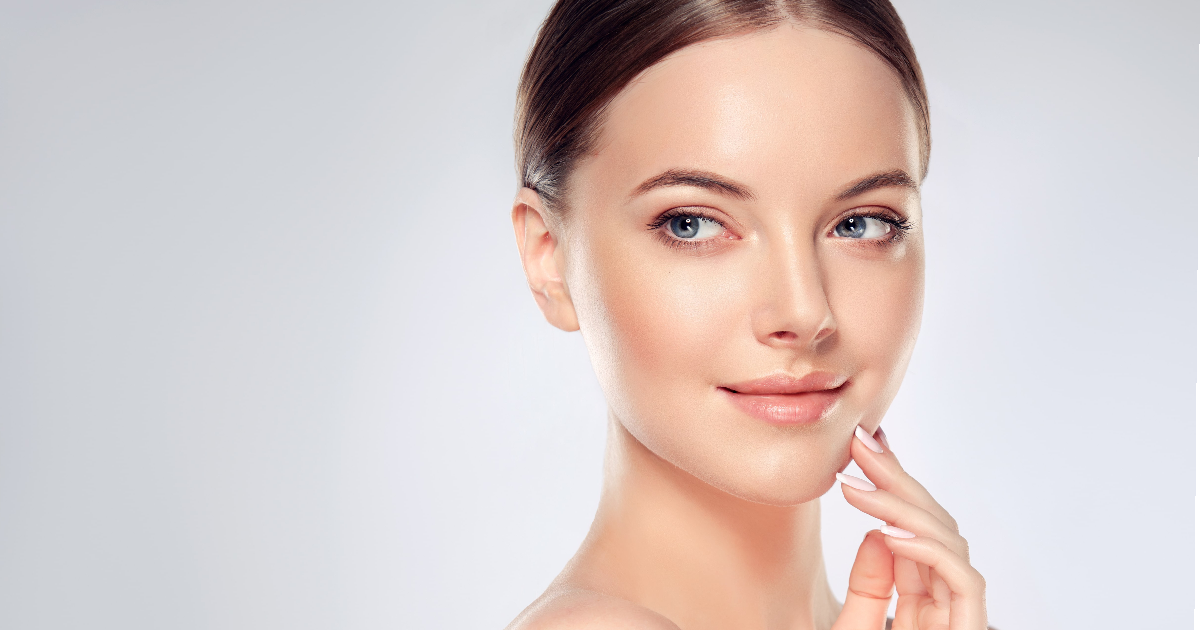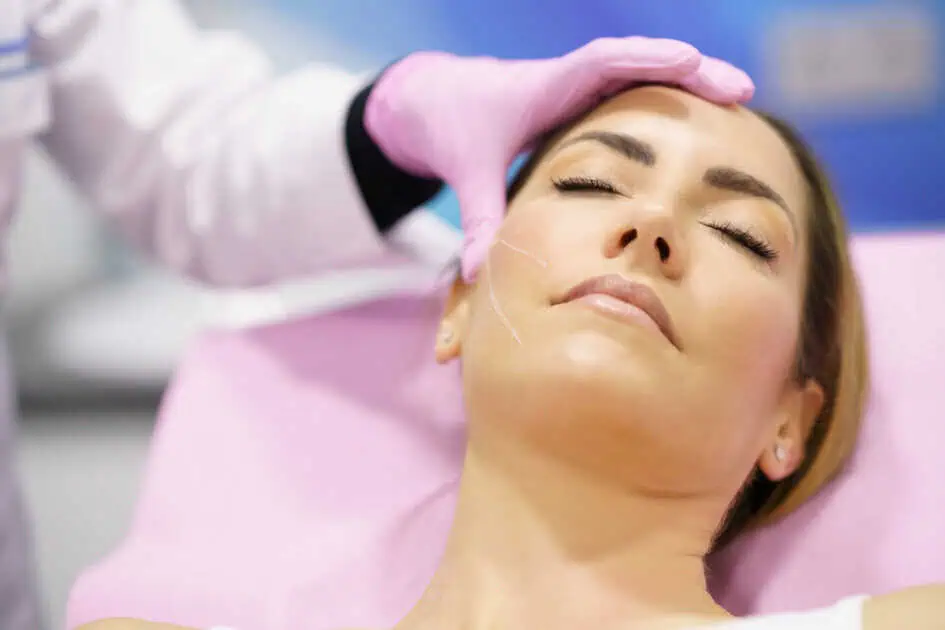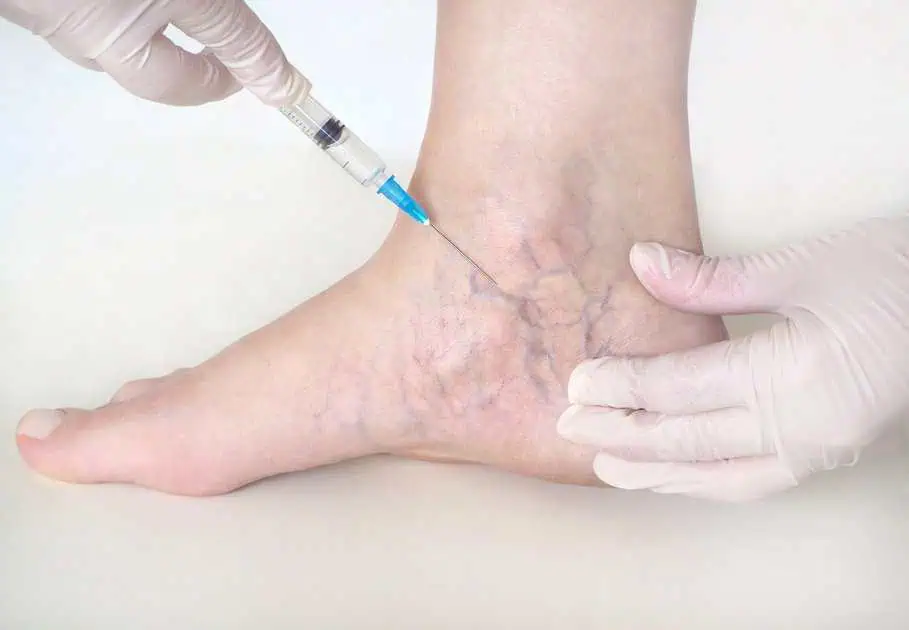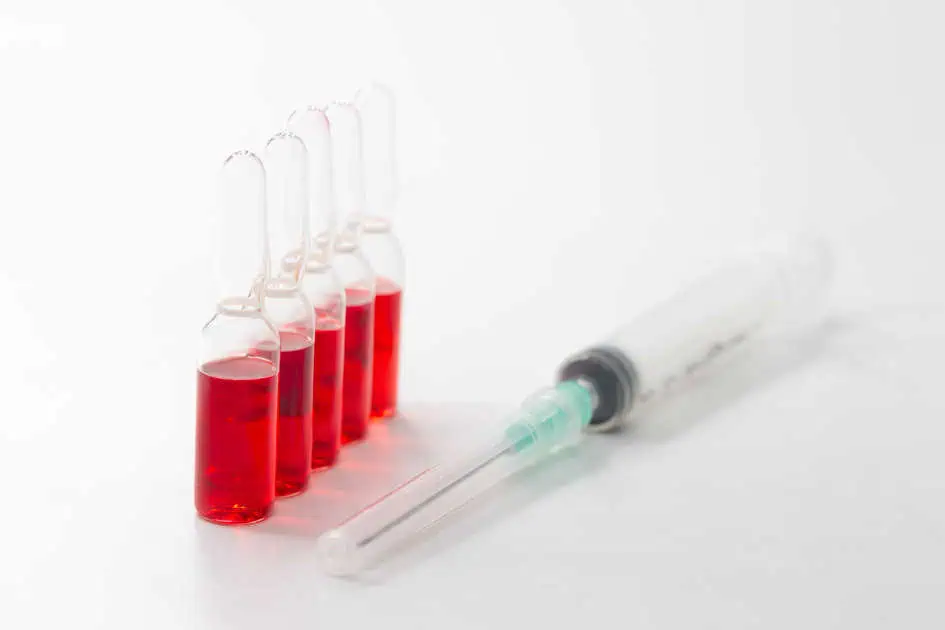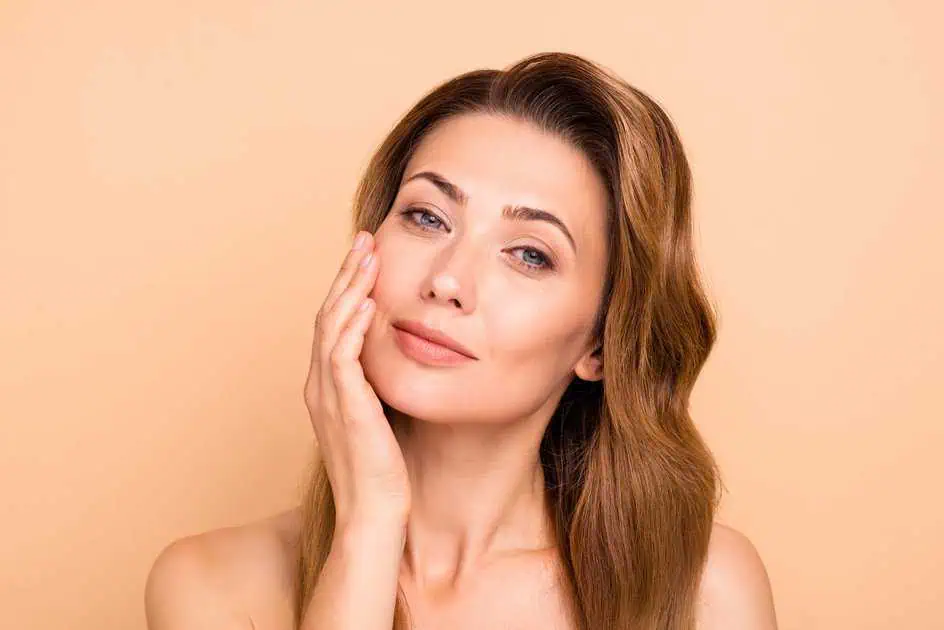In the quest for maintaining youthful skin, the beauty industry offers an array of treatments, with wrinkle relaxers standing out as a popular choice. Among these, Botox has achieved almost household name recognition. However, are all wrinkle relaxers the same as Botox? What sets them apart, and how do you choose the right one for your needs? Let’s delve into the nuances of wrinkle relaxers, their differences, and what you should know before opting for one.
What are wrinkle relaxers?
Wrinkle relaxers are injectable treatments designed to soften facial lines and wrinkles, offering a smoother, more youthful appearance. At Skintuition Medical Aesthetics, we specialize in administering various wrinkle relaxers, including Botox, Dysport, and Xeomin. These treatments work by temporarily relaxing the muscles responsible for creating wrinkles, thereby reducing their appearance.
What can wrinkle relaxers do?
Neuromodulators, another name for wrinkle relaxers, are cosmetic procedures that are mostly used to lessen the appearance of fine lines and wrinkles on the face. These injectable materials temporarily paralyze or relax the muscles in the face, causing wrinkles and giving the skin a smoother, younger-looking appearance. Here are some specific things wrinkle relaxers can do:
- Smooth Dynamic Wrinkles: Dynamic wrinkles are lines that appear when facial muscles contract, such as when smiling, frowning, or squinting. Wrinkle relaxers like Botox, Dysport, and Xeomin can effectively smooth these wrinkles by temporarily inhibiting muscle movement and preventing the formation of lines.
- Minimize Static Wrinkles: Static wrinkles are lines present even when the face is resting. While wrinkle relaxers are primarily designed to address dynamic wrinkles, they can also help minimize the appearance of static wrinkles by relaxing the underlying muscles and softening the skin’s texture.
- Prevent Wrinkle Formation: Regular use of wrinkle relaxers can prevent the formation of new wrinkles and lines by reducing repetitive muscle movements that contribute to their development. Individuals can maintain a more youthful appearance over time by starting treatment before wrinkles become deeply etched into the skin.
- Lift and Define Facial Features: Besides reducing wrinkles, wrinkle relaxers can be strategically injected to lift and define certain facial features. For example, injections around the eyebrows can create a subtle brow lift, while injections along the jawline can improve jawline definition and reduce the appearance of jowls.
- Treat Hyperhidrosis: Additionally, hyperhidrosis, a medical condition characterized by excessive sweating, is treated with wrinkle relaxers. Wrinkle relaxers can lessen sweating in places like the underarms, palms, and soles of the feet by inhibiting the nerve signals that cause sweat glands to release, enhancing comfort and confidence.
- Address Migraine Headaches: Some individuals experience relief from chronic migraine headaches after receiving wrinkle relaxer injections. While the exact mechanism of action is not fully understood, wrinkle relaxers may help alleviate migraines by reducing muscle tension and nerve sensitivity in the head and neck region.
Overall, wrinkle relaxers offer a versatile and effective solution for addressing various signs of aging and other cosmetic concerns. When administered by a skilled and experienced provider like those at Skintuition Medical Aesthetics, these treatments can help individuals achieve smoother, more youthful-looking skin and enhance their overall appearance and confidence.
Wrinkle Relaxers vs. Botox
While Botox is arguably the most well-known wrinkle relaxers, it’s essential to understand that not all wrinkle relaxers are the same. Botox, Dysport, and Xeomin share similarities but also have distinct characteristics. Let’s explore how they differ:
Botox: Botox, short for Botulinum Toxin Type A, has been a staple in cosmetic procedures for decades. It obstructs nerve signals that would otherwise cause the muscles to contract and wrinkle. Botox is well known for effectively treating frown lines between the eyebrows, forehead lines, and crow’s feet.
Dysport: Dysport, another wrinkle relaxer available at Skintuition Medical Aesthetics, also contains Botulinum Toxin Type A. However, its formulation and diffusion properties differ from Botox, leading to potentially faster onset and a broader spread. Treating more significant or more deeply wrinkled regions can be beneficial.
Xeomin: Xeomin is a newer wrinkle relaxer that utilizes Botulinum Toxin Type A. What sets Xeomin apart is its “naked” formulation, meaning it lacks complexing proteins found in Botox and Dysport. Some individuals may prefer Xeomin due to its minimal risk of developing antibodies, which could reduce its effectiveness over time.
So, are wrinkle relaxers the same as Botox?
No, wrinkle relaxers are not the same as Botox, although Botox is a type of wrinkle relaxer. Wrinkle relaxers encompass a category of injectable treatments designed to temporarily reduce wrinkles’ appearance by relaxing or paralyzing facial muscles. Botox, Dysport, and Xeomin are all examples of wrinkle relaxers, but they have distinct formulations and properties.
Botox, short for Botulinum Toxin Type A, was the first wrinkle relaxer to gain FDA approval and has been widely used for cosmetic purposes for decades. It functions by obstructing nerve signals that would otherwise cause the muscles to contract and wrinkle. Botox is well known for effectively treating frown lines between the eyebrows, forehead lines, and crow’s feet.
Dysport is another wrinkle relaxer that contains Botulinum Toxin Type A, similar to Botox. However, its formulation and diffusion properties differ, leading to potentially faster onset and a broader spread. Dysport may be preferred for individuals seeking a more natural-looking outcome or those with specific muscle characteristics.
Xeomin is a new wrinkle relaxer that also utilizes Botulinum Toxin Type A. What sets Xeomin apart is its “naked” formulation, which lacks the complexing proteins found in Botox and Dysport. This minimalistic formulation may appeal to individuals concerned about potential antibody formation, which could reduce effectiveness over time.
While all three—Botox, Dysport, and Xeomin—are wrinkle relaxers and share the common goal of reducing wrinkles by relaxing facial muscles, they have differences in formulation, onset of action, diffusion properties, and potential risk profiles. Their choice depends on the treated area, desired outcome, individual anatomy, and preferences.
Conclusion
In the realm of cosmetic enhancements, wrinkle relaxers offer a non-invasive solution to combat the signs of aging. While Botox may be the most recognizable name, alternatives such as Dysport and Xeomin provide viable options with their unique characteristics. Understanding the differences between these wrinkle relaxers is important to achieving optimal results tailored to your individual preferences and goals.
If you’re considering wrinkle relaxer treatments to rejuvenate your appearance, Skintuition Medical Aesthetics is here to help. Our team of experienced professionals will assess your concerns and tailor a treatment plan using the most suitable wrinkle relaxer for your needs. Contact us today to schedule a consultation and take the first step toward smoother, more youthful-looking skin.
